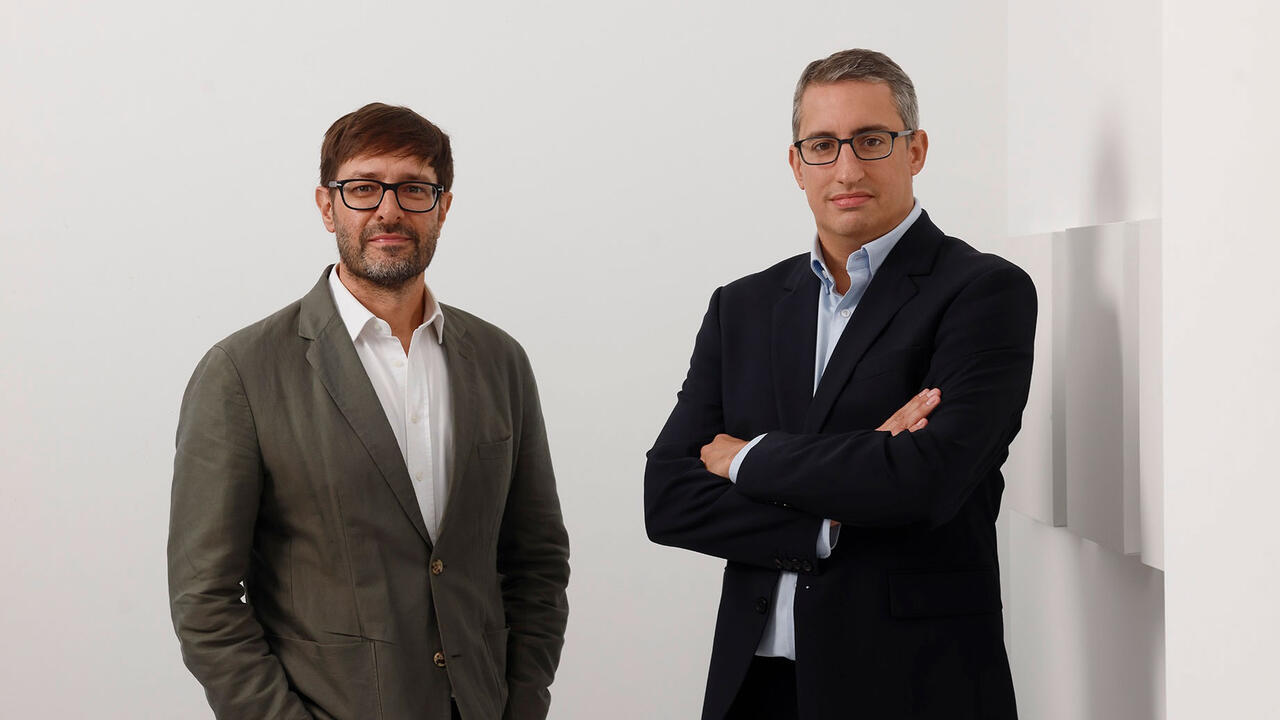Take a Peek Inside the Mexican Garden of Eden
Javier Senosiain, a pioneer of organic architecture, shares his vision behind Parque Quetzalcóatl – a park that has been decades in the making
Javier Senosiain, a pioneer of organic architecture, shares his vision behind Parque Quetzalcóatl – a park that has been decades in the making

At the end of a quiet residential street in northwest Mexico City, a splash of painted tiles springs from the ground to form the monumental gated entrance to Parque Quetzalcóatl. Beyond the gate and its rippling colours, a series of interlocking gardens descend the surrounding hillside in a sprawling complex of pathways, pools, bridges, natural amphitheatres and ornamental grottos. For most people, though, the gate is as far as they can go. The park has been under construction for over twenty years, and it remains closed to the general public. The current goal is to complete the park within three to five years, but with no fixed date, a few questions remain. Last month I was invited to explore Parque Quetzalcóatl and discuss its development and future with its designer, the Mexican architect Javier Senosiain.

Senosiain is a contemporary pioneer of organic architecture, a style organized around the principle that architectural forms should emulate the natural world. ‘This may seem like an -exaggeration,’ Senosiain said, ‘but corners can be visually, even physically aggressive.’ For the architect, after our births most of us enter a world of ‘boxes’: the crib, the office, the coffin. To remedy this, a central conceit of his style is the elimination of sharp lines and angles in favour of rounded shapes. Senosiain sees his work as an act of reconciliation with nature, a return to the womb, so to speak, from which modern architecture and industrial processes have largely isolated us.
This philosophy gives rise to an architecture of a rare, strange and even dangerous beauty. In spring last year, Casa Orgánica – the iconic cave-house Senosiain built for his family in 1984 – closed indefinitely after just two years of being open to the public. The closure was most likely necessitated by the pandemic. However, complaints from neighbours about the growing number of visitors, escalated by the building’s new-found popularity on Instagram, could be the reason why it remains shuttered.

There is often, it seems, some degree of tension between the experimental nature of biomimetic architecture and the logistical realities of building, access and maintenance. If Parque Quetzalcóatl has been designed to receive the public, could it one day, like Casa Organica, be forced to close because of it? Currently, the only way to access the park outside of a private tour is by staying in Nido de Quetzalcóatl, a set of ten private residences adjacent to the park. I proposed discussing these concerns with Senosiain, but his team indicated that the architect’s primary focus is the art. The logistics of permits, accessibility and pricing are dealt with by others.
Senosiain’s work is often compared to Antoni Gaudí, another famous eschewer of straight lines, but his greatest inspiration may come from the discipline of sculpture. Senosiain’s mentor was the German exile Mathias Goeritz, who in a 1954 manifesto advanced an aesthetic principle called ‘emotional architecture’, which deemphasizes functionalist design in favour of environments that are conducive to contemplation, joy, and comfort. ‘What a church and a disco share is that they both manage emotions,’ Senosiain said, quoting one of his teachers. ‘Music, light, space. I think these are all important elements.’

Senosiain’s projects require meticulous work, entailing extensive land surveys, non-invasive building techniques, careful modelling of the steel armature foundations and painstaking decoration with mosaic tiles and volcanic rock. When the park finally opens, it will be a wonder to behold, but the delicate natural environment will likely necessitate limits on the number of visitors, as well as elicit additional maintenance costs. One could assume that higher entrance fees will be one result: it is somewhat unclear how broadly accessible the park will be, even when its beautiful tiled gates are thrown open.

Visiting Parque Quetzalcóatl can be disorientating. Upon leaving, the buildings around me, with their boxy, hard-lined forms, seemed to belong to some tragedy to which my eyes had just been opened. After experiencing a place so attuned to wonder, I couldn’t help but resent the fact that the rest of the world was not built to look the same way.
When I asked Senosiain for advice about how to deal with this sense of tragedy, he offered a light balm: ‘Look for other types of spaces. I mentioned the church and disco because they are different to the boxes. Look for contact with open spaces, with cinema, theatre, dance. I think this helps a lot.’
Main image. Courtesy: Parque Quetzalcóatl; photo: Anna Dave
























